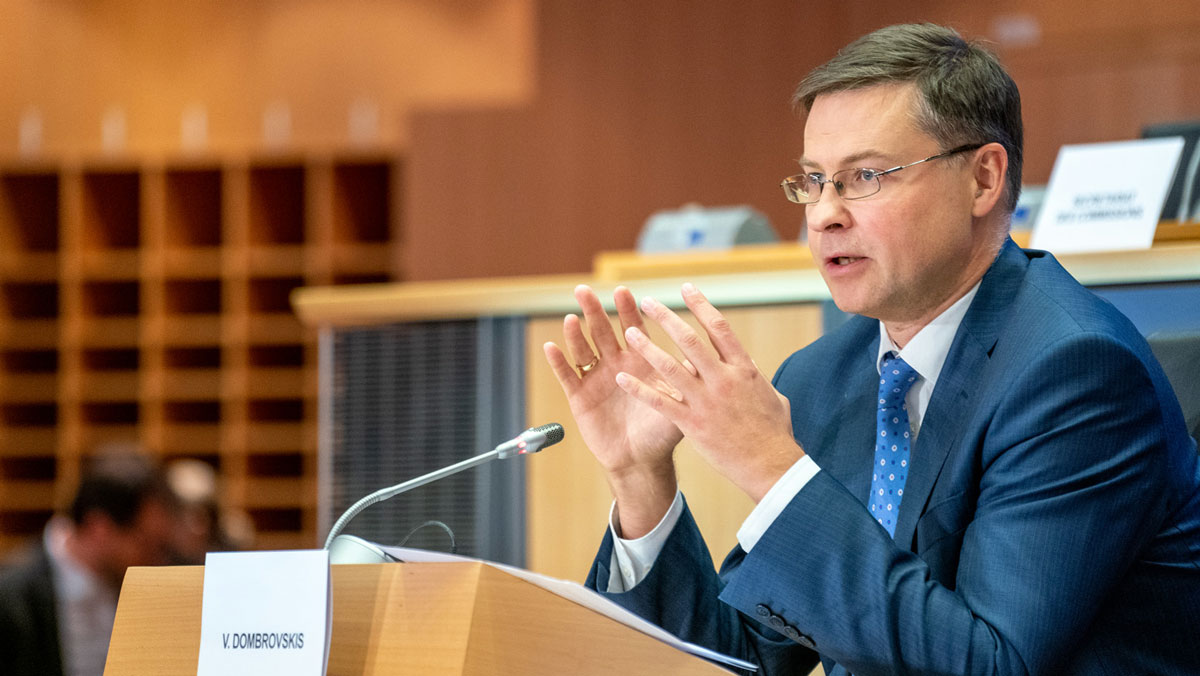Joint EU-US Statement on a Global Arrangement on Sustainable Steel and Aluminium
The United States and the EU have taken joint steps to re-establish historical transatlantic trade flows in steel and aluminium and to strengthen their partnership and address shared challenges in the steel and aluminium sector. As a part of that partnership, they intend to negotiate for the first time, a global arrangement to address carbon intensity and global overcapacity.
The European Union and the United States have a shared commitment to joint action and deepened cooperation in these sectors and are taking joint steps to defend workers, industries and communities from global overcapacity and climate change, including through a new arrangement to discourage trade in high-carbon steel and aluminium that contributes to global excess capacity from other countries and ensure that domestic policies support lowering the carbon intensity of these industries.
In a demonstration of renewed trust, and reflecting long-standing security and supply chain ties, the United States will not apply section 232 duties and will allow duty-free importation steel and aluminium from the EU at a historical-based volume and the EU will suspend related tariffs on U.S. products.
As a first step, the United States and the EU will create a technical working group charged with developing a common methodology and share relevant data for assessing the embedded emissions of traded steel and aluminium.
The global arrangement reflects a joint commitment to use trade policy to confront the threats of climate change and global market distortions, putting their workers and communities at the centre of the trade agenda. The global arrangement will be open to any interested country that shares their commitment to achieving the goals of restoring market-orientation and reducing trade in carbon intensive steel and aluminium products.
“The global arrangement will add a powerful new tool in our quest for sustainability, achieving climate neutrality, and ensuring a level playing field for our steel and aluminium industries. Defusing yet another source of tension in the transatlantic trade partnership will help industries on both sides. This is an important milestone for our renewed, forward-looking agenda with the US,” European Commission President Ursula von der Leyen said.
“This is another significant step in the wider reset of transatlantic relations. The US decision to restore past trading volumes of EU steel and aluminium exports means we can move on from a major irritant with the US. It gives us breathing space to work on a comprehensive solution to tackle global overcapacity. The EU will therefore reciprocate this de-escalation by suspending our own rebalancing measures. We can now focus on a more forward-looking transatlantic trade agenda, while also working on a final, lasting outcome to this issue,” Executive Vice-President and Commissioner for Trade Valdis Dombrovskis added.
Background
In June 2018, the US Trump administration introduced tariffs on €6.4 billion of European steel and aluminium exports, and further tariffs in January 2020 that affected around €40 million of EU exports of certain derivative steel and aluminium products. The EU introduced rebalancing measures in June 2018 on US exports to the EU in a value of €2.8 billion (a similar EU response followed the second set of US tariffs in 2020). The remaining rebalancing measures, affecting exports valued up to €3.6 billion, were scheduled to enter into force on 1 June 2021. The EU suspended these measures until 1 December 2021 in order to give space for the parties to work together on a longer-term solution.







